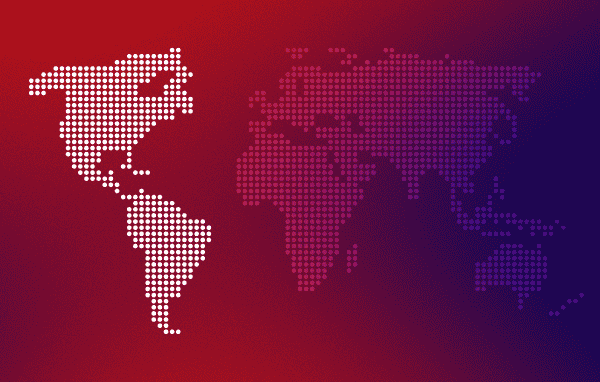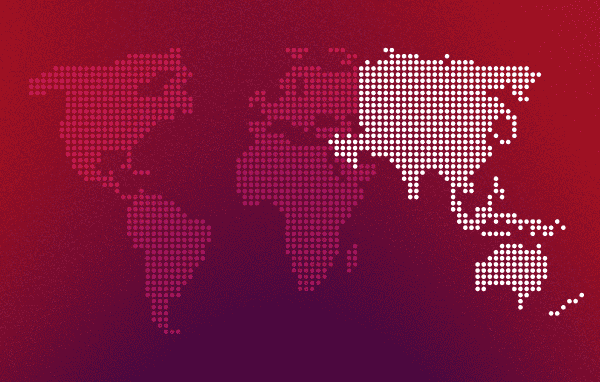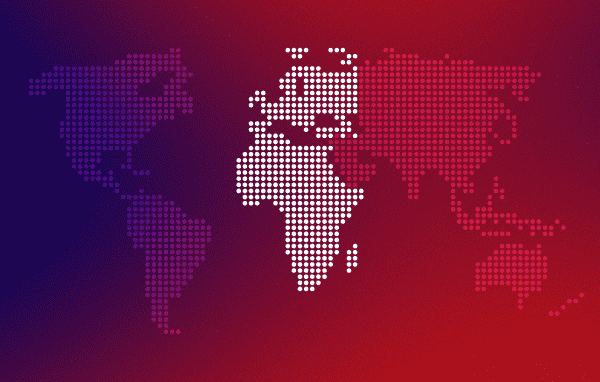The United Nations (UN) Convention on International Settlement Agreements Consequent of Mediation, known as the Singapore Convention on Mediation (the ‘Singapore Convention’), was inaugurated for signatures on 7 August 2019.
This boasts of 46 signatories or countries, out of which five are a part of the Middle East. When paralleled to the New York Convention on the Recognition and Enforcement of Foreign Arbitral Awards (1958) (the ‘New York Convention’) in total numbers of Middle Eastern signatories, it seems that the Singapore Convention was not received as heartily as the New York Convention (which has about 13 Middle Eastern signatories). But while looking closely and when comparing as per the number of Middle Eastern signatories when being inaugurated (just Jordan from the Middle East had signed the New York Convention on 10 June, 1958), then the projections of the Singapore Convention immediately seem brighter in the region
Some Key Highlights of the Singapore Convention
The Singapore Convention has been greeted as the “missing piece” in the framework of global dispute resolution enforcement. It creates a framework for the cross-border recognition and also enforcement of various settlement agreements (Article 3 of the Singapore Convention) and targets to get certainty and stability to the global framework on mediation. Some notable provisions of this include:
1. Lucidly-defined Application Scope
Article 1(3) of the Singapore Convention impedes settlement agreements which are enforceable like court judgments or arbitral awards from its application. This has established a well-defined arena for exercising this Convention and eradicates probable overlaps with any other conventions which regulate global trade like the Hague Convention on Choice of Court Agreements (2005) and the New York Convention.
Though the New York Convention would continue to administer and oversee settlements attained through mediation which are part of Med-Arb and Arb-Med-Arb processes, the Singapore Convention would now allow an equal level of authority to settlements exclusively ensuing from mediation. Thus in a way, this will assist in establishing mediation as a more effective and an independent way of Alternative Dispute Resolution (‘ADR’), as compared to a secondary step in the arbitration process.
2. Procedural Safeguards
Articles 5(1)(e) and (f) of the Singapore Convention stipulate that the competent authority might decline relief on the grounds of “serious breach of standards applicable to the mediator or the mediation” and failure to disclose “circumstances that raise justifiable doubts as to the mediator’s impartiality or independence”.
Intriguingly, the Singapore Convention doesn’t specify the criteria that is to be used to evaluate the conduct of the mediation, the mediator or his impartiality. Since the Singapore Convention doesn’t offer any examples or instances for either provision, and as there is no soft law or regulation on which States could rely (contrary to arbitration, mediation gets insignificant attention from global associations), the responsibility for elucidating these regulations now resides with the capable authorities in all the ratifying States.
Therefore, wherever needed, the signatory States would have to include regulations or standards in their own national laws before they would be able to endorse the Singapore Convention. In turn, this might encourage the manufacture of soft law instruments to restructure and streamline these standards. Consequently, there would surely be the formation of standards which have been elusive in mediation so far, except from the generating more awareness and debating mediation in the near future. It is important to note that the recently-inaugurated Saudi Centre for Commercial Arbitration (‘SCCA’) offers a code of ethics for various mediators in Saudi Arabia.
Prospects of Mediation in the Middle East
The initial response of the Singapore Convention in the Middle East is should surely not be considered as reflective of its eventual success. As State parties may assent at any stage to the Singapore Convention, it is very likely, that the countries in the Middle East who have still not signed the Singapore Convention would soon do so to keep up with the growing demand for mediation in this region. For instance, in just UAE, the Dubai International Arbitration Centre (‘DIAC’), which resides under the ambit of the Dubai Chamber of Commerce and Industry, registered 127 mediation cases which were valued at Dh18 million (almost US$ 4.9 million) in the first quarter of the year 2018.
With the necessity to align their national laws with their obligations under the Singapore Convention, all the signatories in this region would have to alter or come up with dedicated and standalone national laws regarding mediation. Though there is much that remains to see with regards to how well, and through which strategies, all of these nations would implement the Singapore Convention in their areas, one thing that remains certain is that mediation in the Middle East is surely in for a facelift and carries a view of a very assuring future.






















 IMC Group
IMC Group